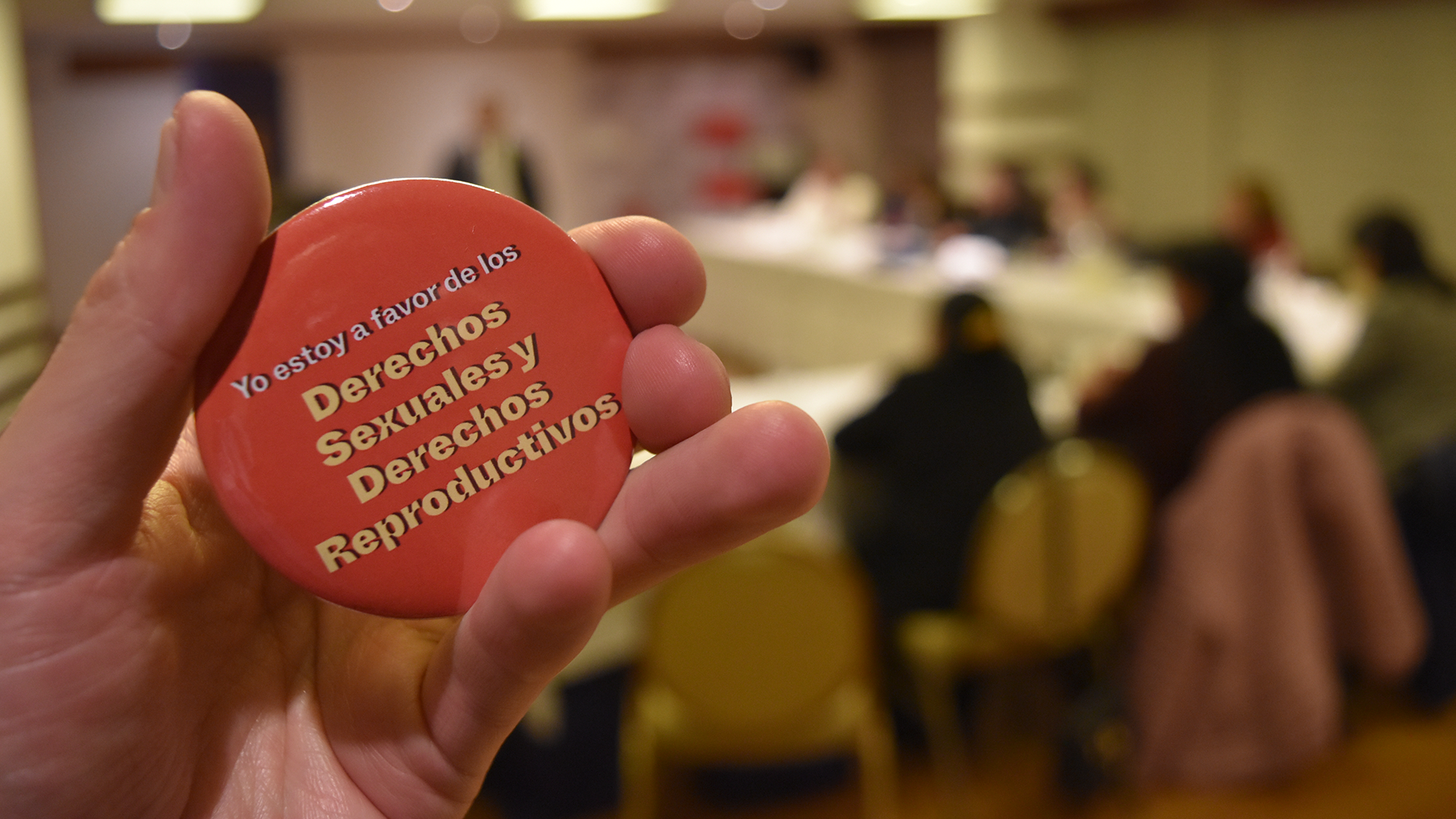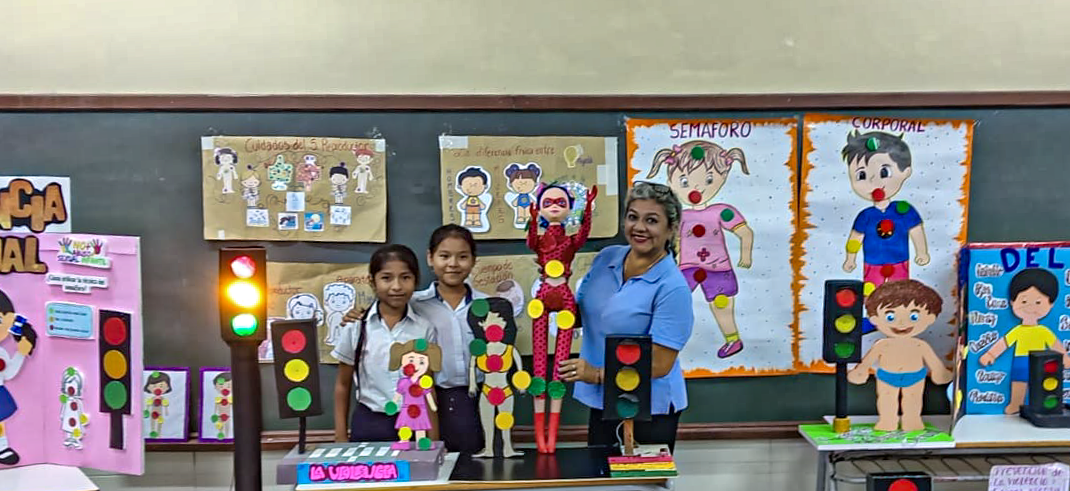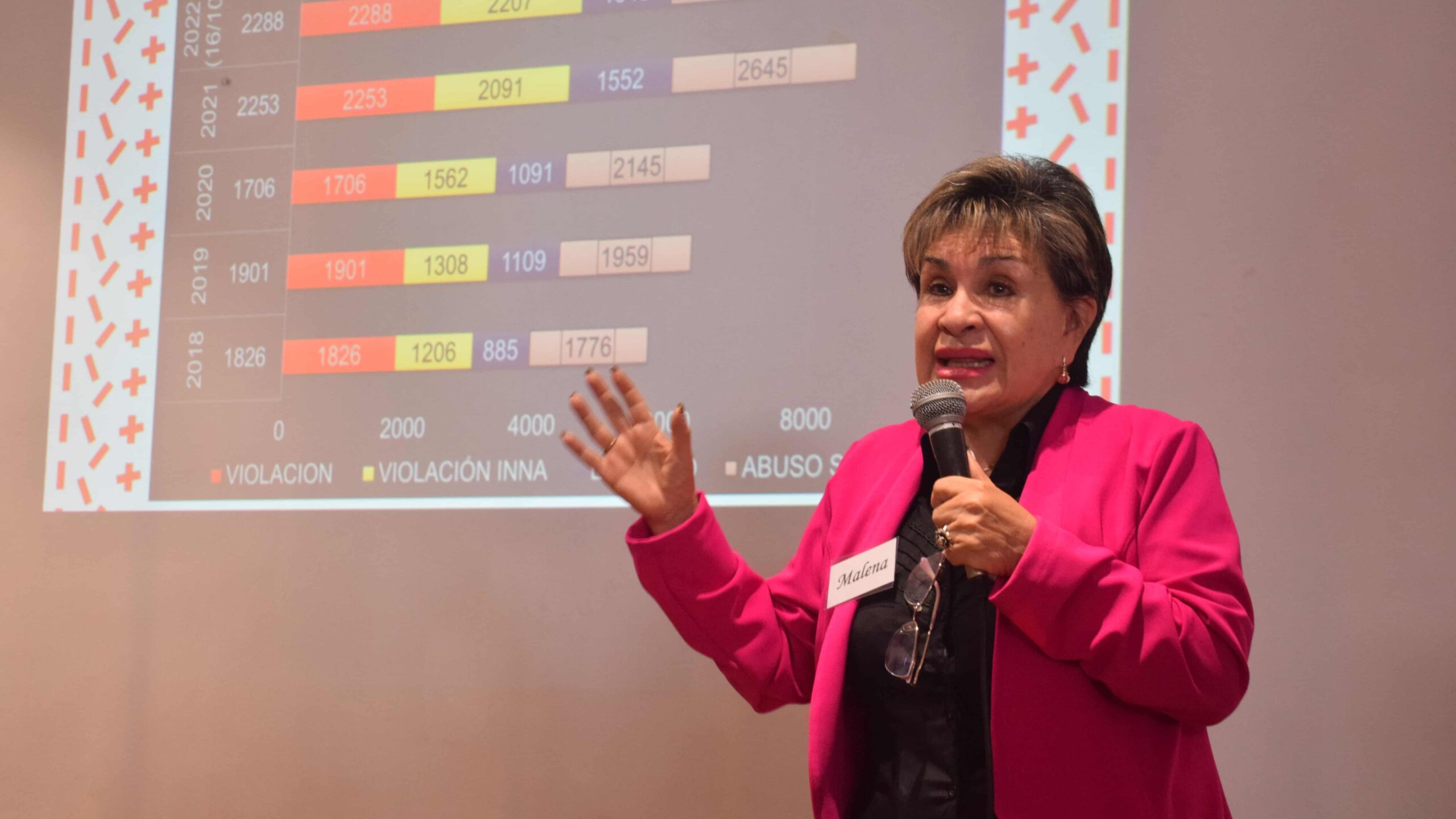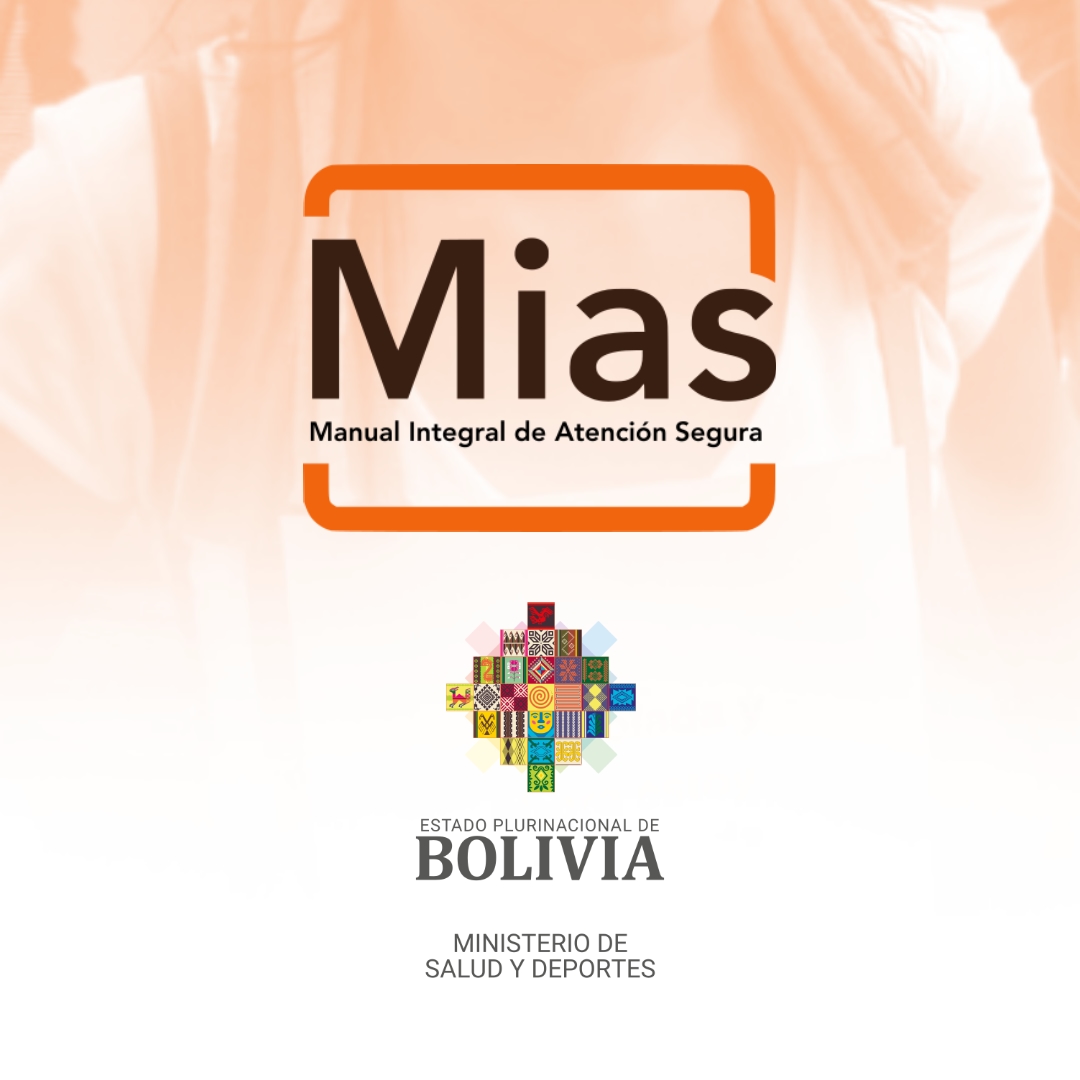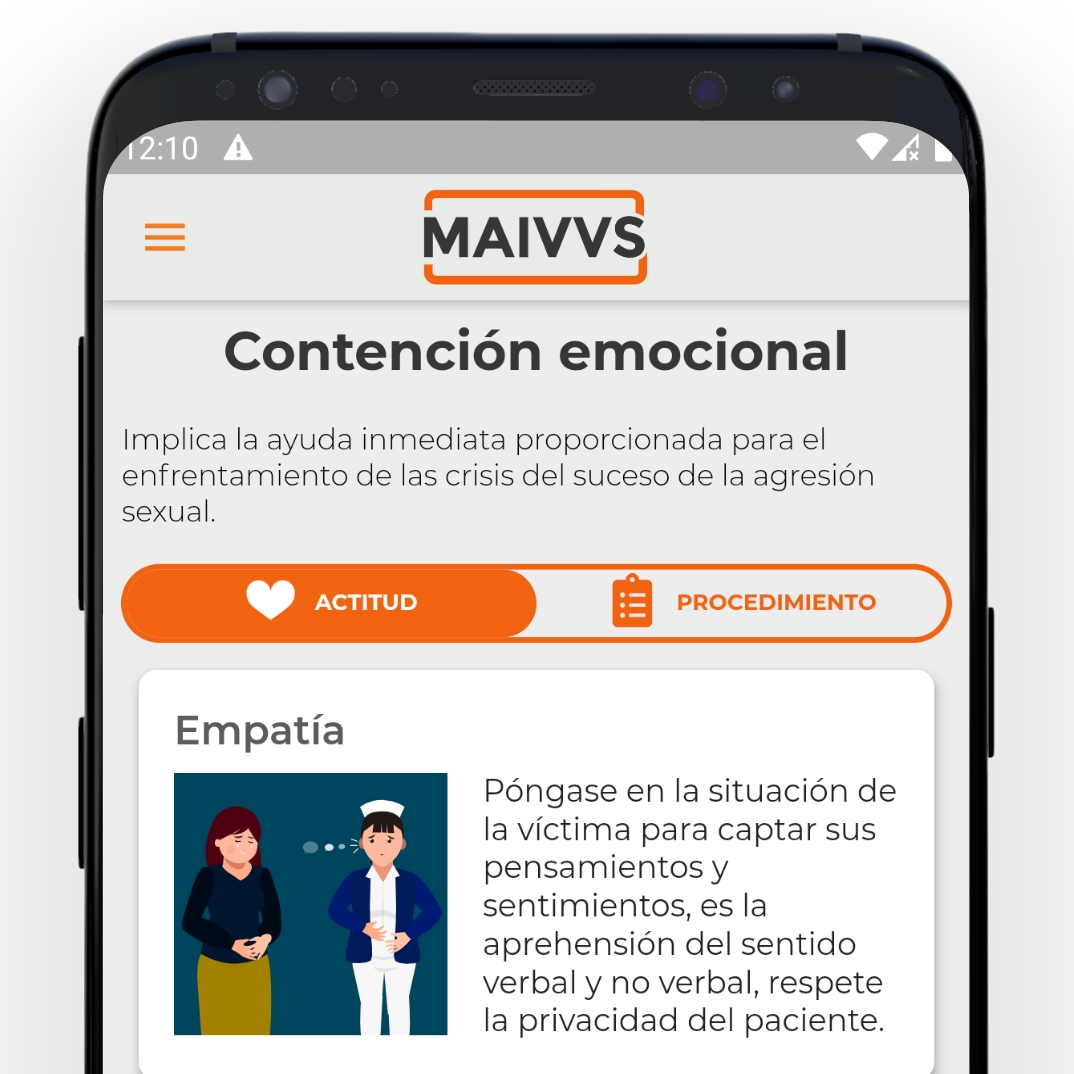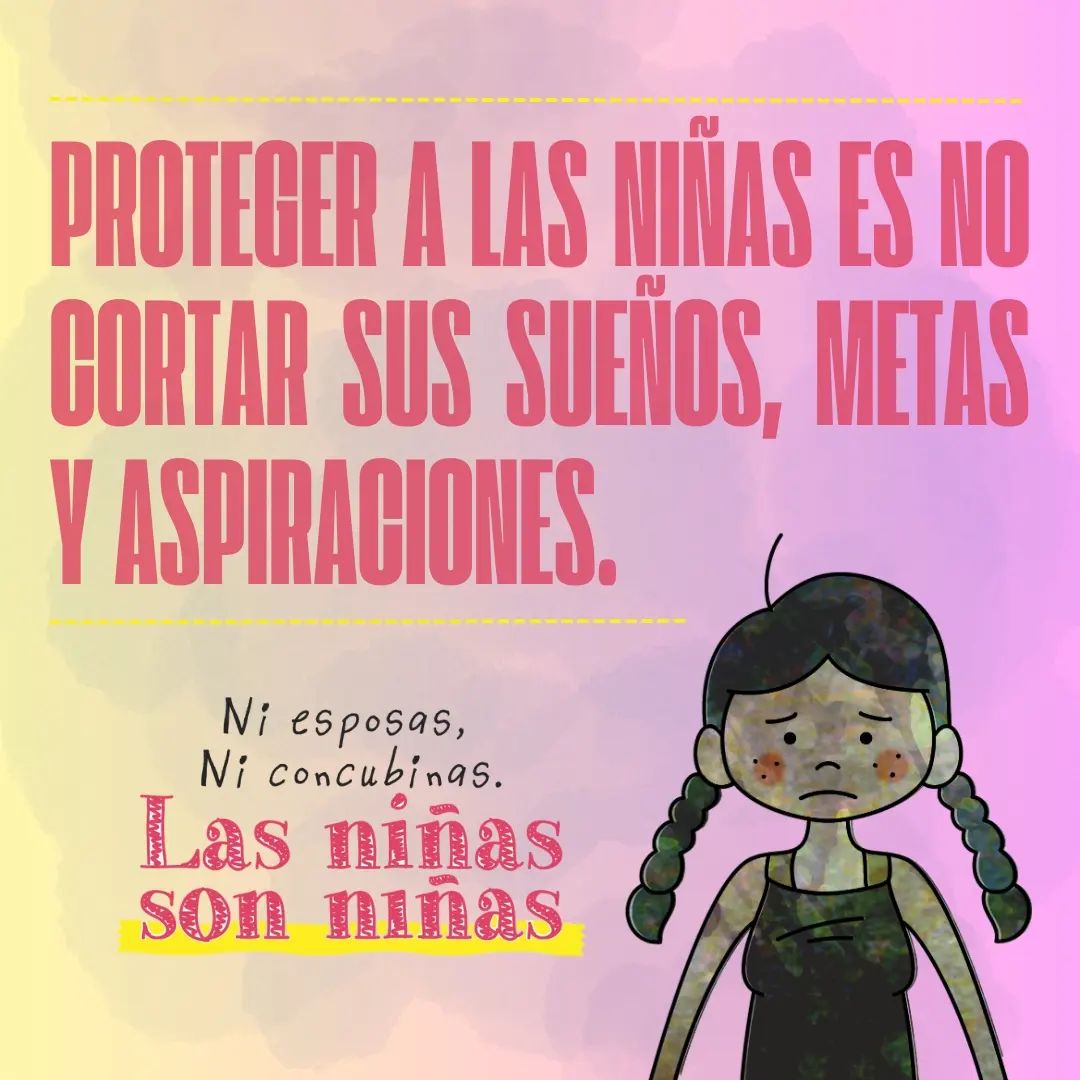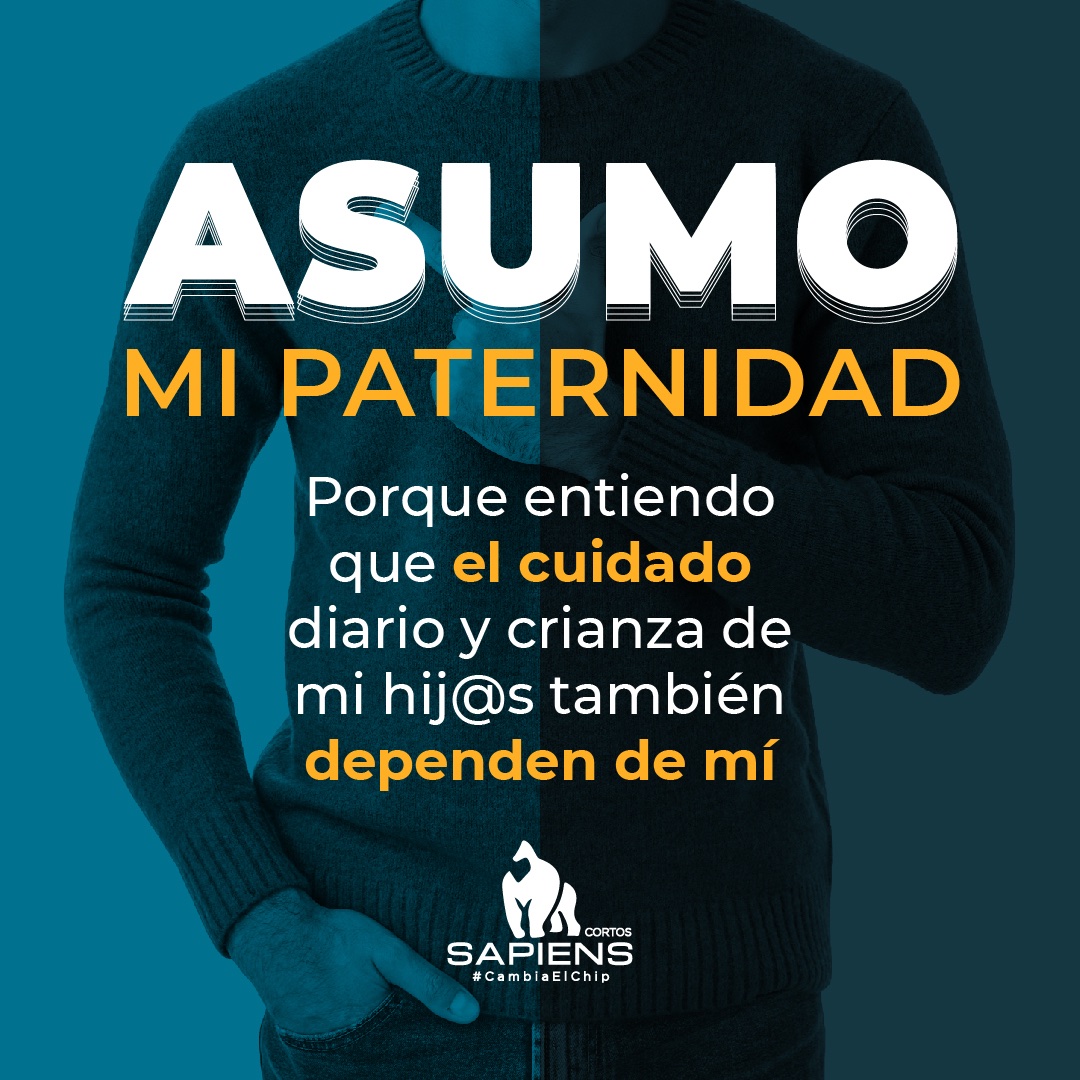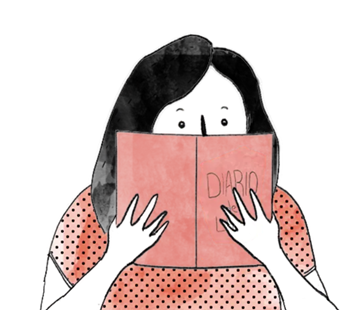La Paz, April 24, 2025 (ANF) – Beatings in sensitive areas of the body, deprivation of water and food, death threats and rape with objects are some of the tortures that are still practiced in Bolivia against people in police custody or in prisons. This was denounced by Emma Bravo, director of the Institute for Therapy and Research on the Aftermath of Torture and State Violence (ITEI), who gathers testimonies of victims that show a systematic pattern of abuse, with special cruelty towards women and vulnerable groups.
The diagnosis that Bravo launches is not new, but persistent. The complaints collected by ITEI show that torture is not a vestige of the dictatorial past, but a sustained and systematic practice, with new faces, renewed uniforms and the silent complicity of the institutions that should prevent it.
“The police learn very well how to intimidate people and put them in a total situation of insecurity,” says the director of ITEI on the Sumando Voces program. And the violence does not end with the beatings. There is a modality that, although more difficult to denounce, is recurrent: sexual torture.
“It starts with groping, and this is very common with women. Those who fall under Law 1008 on drug trafficking, for example, know and even believe that it is the most normal thing that happens to them, because it goes as far as rape, and even rape with body parts, with objects,” Bravo explains. Many of these women do not denounce, out of shame, fear, because of a guilt that the system has sown in them.
Bravo tells of the case of two women who, after trying to report the rape of a minor, were themselves accused by the police of trafficking and smuggling. “These women were subjected to forced nudity and rape in the sense that the police officers inserted their fingers into their vaginas, under the pretext of looking for drugs,” he denounces.
This practice, he adds, has been qualified by the Inter-American Court of Human Rights as sexual violence. Amnesty International also defines it as sexual torture. “And it is something to which women who are imprisoned are frequently subjected.”
The male dimension of sexual torture, although less visible, also exists. “Do they subject men to the same torture? We do not know. Because it is very difficult for men to denounce sexual torture. It is very difficult, but we know it exists,” Bravo says.
The map of torture, according to ITEI, has clear coordinates: it occurs in police custody, in prisons, in the FELCC (Anti-Crime Police), in military barracks, in the Condor School. The victims are not random: they are people in vulnerable situations, marked by their gender, age, ethnicity, sexual orientation, economic situation or migratory status. “They face invisibility, discrimination, harassment, violence and excessive incarceration,” says Bravo.
The mechanism is reiterated. “Who tortures? The Police, the Armed Forces, with the complicity of judges and prosecutors. And when is torture? At the moment of arrest, for investigative or confession purposes, generally before the alleged criminals are presented to the press,” Bravo explains.
There are cases that she still remembers: three women, preventive detainees, were tortured in the cells of the FELCC, in the police dormitories. “They were tortured to make them confess. And then, the Minister of Government, Eduardo del Castillo, said in front of the press: ‘they have confessed’. But it was not true.
And if they survive the initial detention, the torture does not stop. “They are tortured in prisons, when they arrive, for punitive factors; during transfers from one prison to another, as a form of intimidation. And also when they are held incommunicado,” says the ITEI director.
Bravo concludes: “According to the testimonies we have collected from different periods, this is repeated continuously”. Torture in Bolivia is a deep-rooted practice, known and, above all, permitted by a State that prefers to look the other way.

